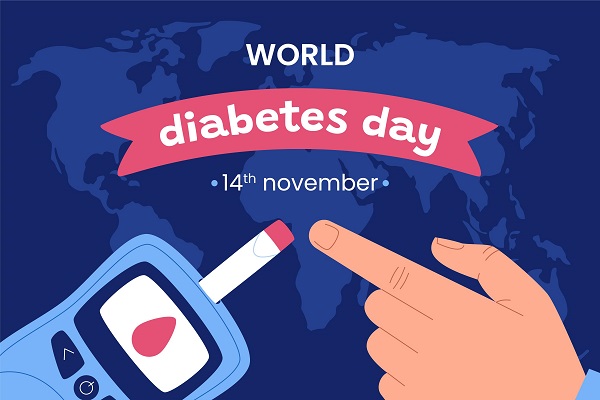Our blood is essential to our survival, hence it may not be surprising that blood disorders can be serious and may even prove fatal. They encompass a wide range of conditions that impact the composition and function of blood cells, potentially leading to serious health complications. Understanding the causes, recognising the symptoms, and being aware of available treatments for these disorders is essential for everyone.
In this blog post, we will examine some of the most common blood illnesses exploring their underlying causes, typical symptoms, and advancements in treatment methods.
Symptoms of blood disorders
Blood disorders can cause symptoms anywhere in the body. Some common symptoms include:
- Fatigue
- Lack of energy
- Shortness of breath
- Fever
- Infection
- Bleeding
- Bruising
- Blood clots
- Pale lips, skin and hands
- Swollen lymph nodes
Common blood disorders to know
Anemia:
Thought to be the most common blood disorder, anaemia is characterised by a deficiency of red blood cells. These are the cells that carry oxygen around the body, leading to reduced oxygen-carrying capacity in the blood. This lack of oxygen causes symptoms like weakness, fatigue, dizziness, pale skin, shortness of breath, headaches, and an irregular heartbeat, among others. Treatment approach ranges from dietary changes and supplements to addressing the underlying cause.
Leukaemia:
Leukaemia is a broad term for a group of cancers that affect the bone marrow and blood. It causes the immune system to produce excessive amounts of abnormal white blood cells. The exact origin of acute Leukaemia is uncertain, but exposure to high levels of radiation puts some people at a higher risk. Symptoms encompass fatigue, fever, malaise, frequent infections, bruising, and bleeding. Treatment approach ranges from chemotherapy, targeted therapies, radiation, and bone marrow transplantation.
Haemophilia:
A well-known bleeding disorder, Haemophilia is a hereditary disease that makes it difficult for the blood to clot correctly. It predominantly affects men, due to its cause – a recessive genetic defect on the X chromosome. Individuals with haemophilia experience excessive bleeding, unexplained nosebleeds, and easy bruising. Advanced treatments involve administering clotting factor concentrates into the patient’s vein to prevent and manage bleeding episodes.
Thrombocytopenia:
Thrombocytopenia is a condition that refers to a low platelet count, which can lead to excessive bleeding. It can be brought on by a number of illnesses, including certain cancers, autoimmune diseases, infections and medications. Symptoms include frequent nosebleeds, easy bruising, and prolonged bleeding from cuts. If a blood test indicates low platelet counts, it’s critical to connect with your physician to determine the underlying problem. If you have mild thrombocytopenia, you can raise your platelet count with food and supplements. If your platelet count is very low, you may probably require medical attention to avoid complications. Treatments range from addressing the underlying cause to drugs that stimulate platelet production.
Lymphoma:
The lymphatic system, including the lymph nodes and lymphocytes, is affected by the cancerous condition known as lymphoma, which accounts for about half the blood cancer cases that occur each year. Symptoms may involve swollen lymph nodes in the neck, armpits, or groin, fever, weight loss, and fatigue. Treatments range from chemotherapy, immunotherapy, radiation, and stem cell transplantation.
Medical history
Doctors may suspect a blood disorder based on a vast number of potential symptoms. Some examples include kidney disease or liver disease, ethnicity or race, use of a medication that may cause bleeding or exposure to a chemical that could cause bleeding or damage the bone marrow
Advances in Treatment
Treatments for common blood disorders have advanced significantly in recent years, improving patient outcomes and quality of life. The field of haematology is changing as a result of targeted therapeutics, gene therapies, and personalised medicine. In order to target the underlying molecular causes of these illnesses, researchers are coming up with novel strategies that will hopefully result in more targeted and efficient treatments.
Closing thoughts
The lives of people affected by blood disorders can be significantly improved by early diagnosis, appropriate care, and knowledge of the most recent advances in haematology. With improvements in medical science, the future holds greater potential for even more ground-breaking therapies and enhanced outcomes for people with blood diseases. If your blood tests show abnormal blood cell count or coagulation levels or you are worried you might have a blood disorder, visit a haematologist at the earliest.




